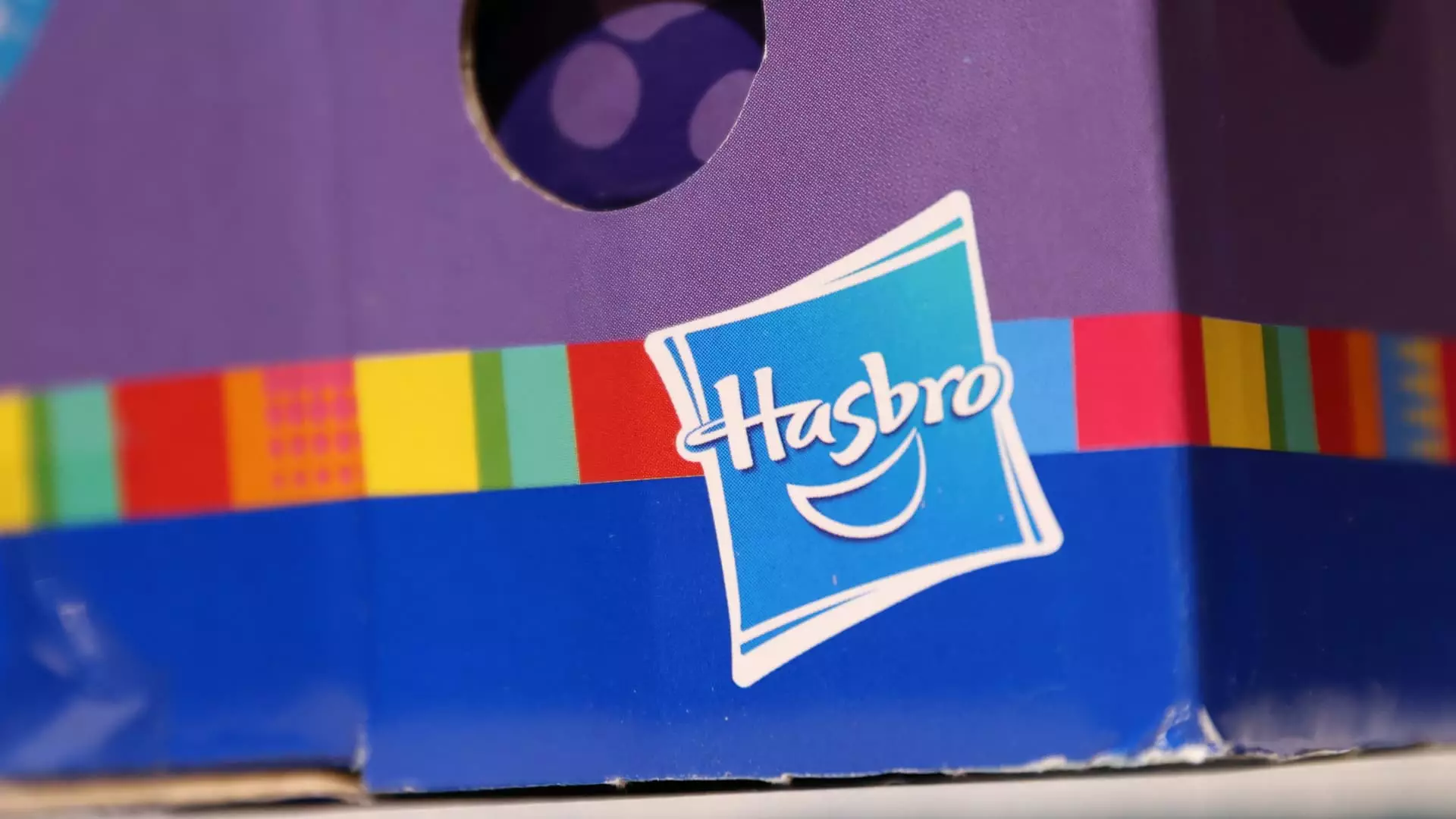In the face of rising tariffs and an increasingly competitive market, Hasbro, the iconic toy and gaming giant, is recalibrating its manufacturing strategy. During a recent earnings call, Hasbro’s Chief Financial Officer, Gina Goetter, outlined the company’s substantial efforts to pivot away from reliance on Chinese manufacturing. This proactive move comes as a direct response to the 10% tariffs imposed by the Trump administration on Chinese imports in early February, alongside the looming potential for additional 25% tariffs on products from Mexico and Canada.
Goetter’s comments indicate a robust strategy to cut down the percentage of toys and games originating from China from 50% to less than 40% by 2025. This deliberate reduction points to a future where Hasbro is not heavily dependent on one geographic locale for its production needs, thereby potentially minimizing the adverse effects of tariff increases. The implications of this strategic shift could be significant, not just for Hasbro’s supply chain resilience, but also for its pricing strategy in the U.S. market.
Hasbro’s optimistic outlook for 2025 is encapsulated in its guidance of adjusted EBITDA between $1.1 billion and $1.15 billion, a rise from $1.06 billion in 2024. This expectation reflects careful calculations involving the anticipated impacts of tariffs across various countries, including Canada and Mexico, although Goetter emphasized that the situation is primarily a “China story.” Interestingly, while rival companies like Mattel consider raising prices on their iconic toys, Hasbro has hinted at leveraging its robust supply chain and implementing potential price adjustments.
In a broader industry context, CEO Chris Cocks maintained that despite tariff pressures, Hasbro anticipates a relatively stable performance in the toy sector, primarily driven by favorable responses in segments such as trading cards and building blocks. The company’s diversification in revenue streams, highlighted by a thriving licensing business, further bolsters its margin potential and mitigates threats posed by tariff-related price hikes.
In a notable strategic collaboration, Hasbro announced a partnership with Mattel to create a unique line of Play-Doh products modeled after Barbie dolls. This innovative approach not only fosters creativity among children but also illustrates Hasbro’s tactic of leveraging licensing synergies to appeal to diverse consumer interests. As highlighted by Cocks, the Play-Doh Barbie line offers children the opportunity to explore their inner fashion designer, seamlessly blending two beloved brands and fueling an imaginative play experience.
Such collaborative initiatives signal Hasbro’s intent to infuse fresh life into its product offerings while remaining competitive in an ever-evolving market landscape. It underscores the potential for cross-brand collaborations to enhance consumer engagement and expand market reach.
Despite experiencing overall declines in revenue, particularly a notable 15% drop in fourth-quarter revenue year-over-year, Hasbro has found pockets of success within its digital and licensed gaming sectors. This segment reported a remarkable 35% year-over-year growth, showcasing the company’s adeptness at capitalizing on the burgeoning demand for digital interactions. The mobile game “Monopoly Go!” emerged as a key contributor, generating $112 million in 2024 revenue alone.
Moreover, it’s crucial to note that the company’s decision to divest its eOne film and TV business, while it did impact revenue figures adversely, also reflects a strategic focus on core gaming and toy offerings. Excluding eOne’s contribution, the year-over-year revenue decline was reduced to a more manageable 7%, indicating that the toy division’s resilience is stronger than anticipated.
Looking ahead, the path for Hasbro involves a complex interplay of navigating tariffs, market shifts, and evolving consumer preferences. The company’s ambitious plans to reduce its reliance on Chinese manufacturing, coupled with creative collaborations and growth in digital segments, position it well to adapt to changing economic landscapes. However, potential challenges lie ahead, particularly in balancing pricing strategies while maintaining market competitiveness. As Hasbro maneuvers through this intricate landscape, its ability to innovate and remain attuned to the market sentiments will be critical in ensuring long-term success.

